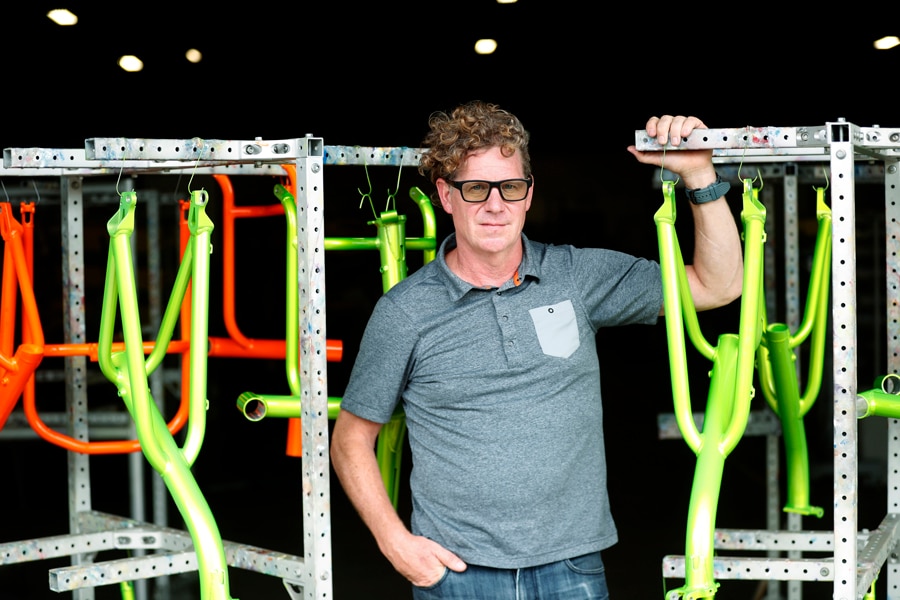
What an adult tricycle says about the world's bottleneck problems
Supply-chain disruptions are rocking companies in the United States and around the world, pushing inflation higher, delaying deliveries and exacerbating economic uncertainty
 Mark Egeland, the general manager of Catrike, which manufactures three-wheeled bikes, in Orlando, Fla., on June 25, 2021. Egeland says the company would prefer not to raise prices more than it already had. (Octavio Jones/The New York Times)
Mark Egeland, the general manager of Catrike, which manufactures three-wheeled bikes, in Orlando, Fla., on June 25, 2021. Egeland says the company would prefer not to raise prices more than it already had. (Octavio Jones/The New York Times)
Catrike has 500 of its three-wheeled bikes sitting in its workshop in Orlando, Florida, nearly ready to be sent to expectant dealers. The recumbent trikes have been waiting for months for rear derailleurs, a small but crucial part that is built in Taiwan.
“We’re sitting on $2 million in inventory for one $30 part,” said Mark Egeland, the company’s general manager.
The company’s problems offer a window into how supply-chain disruptions are rocking companies in the United States and around the world, pushing inflation higher, delaying deliveries and exacerbating economic uncertainty.
It is unclear when the snarls will clear up — and it is possible they will get worse before they get better. The holiday season is right around the corner, American companies are running light on inventory, and coronavirus outbreaks continue to shut factories around the world. Demand for goods remains strong as households use money saved during months stuck at home to buy athletic equipment, couches and clothing.
That could keep pressure on global goods producers and the transportation routes that serve them even as consumers begin to redirect their spending back toward dinners out and theater tickets — a shift that many analysts had hoped would help supply chains return to normal.
©2019 New York Times News Service







